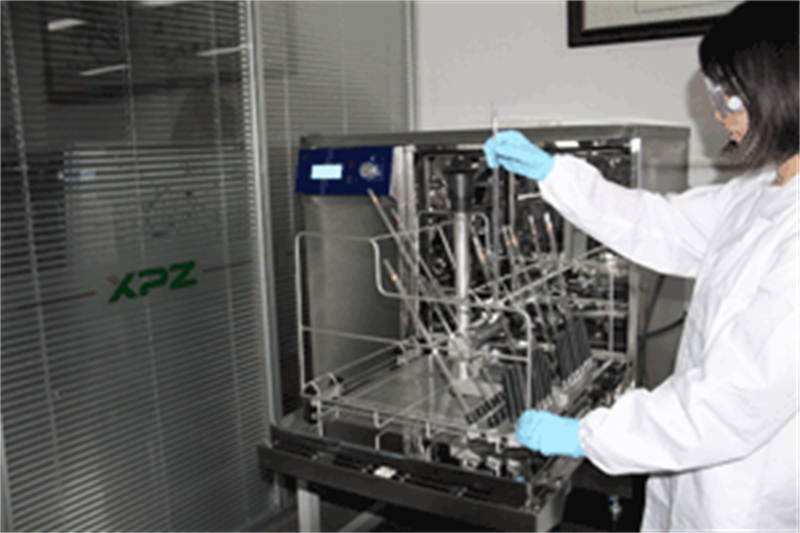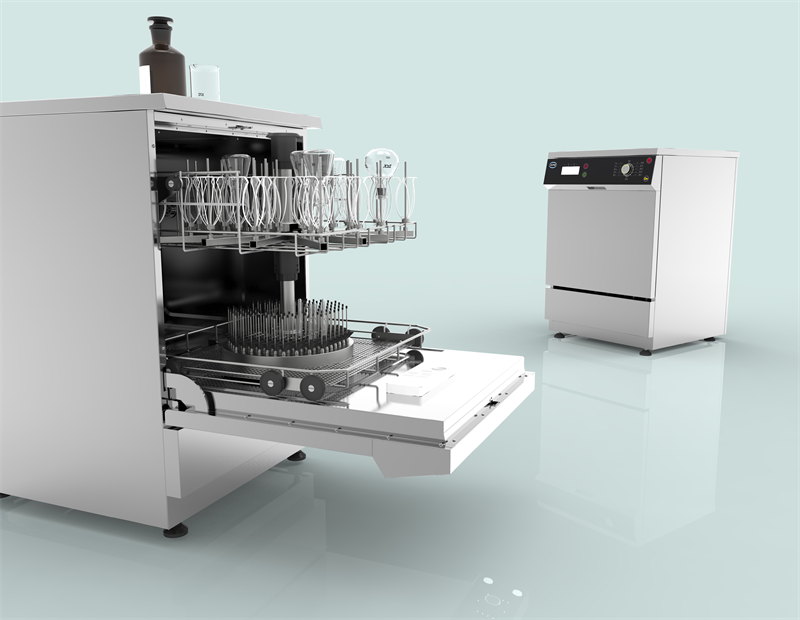To use the automatic laboratory bottle washer to clean glassware, it is different from manual cleaning habits. Please pay attention to some precautions in the use of the Laboratory Glassware Washer.
1. Small-diameter glassware such as triangular flasks, volumetric flasks, digestive tubes, and measuring cylinders should be cleaned by injection as much as possible.
2. Smaller triangular flasks, beakers, etc. can be cleaned by inserting racks;
3. The pipette is cleaned with a special pipette rack;
4. Injection vials, small test tubes, centrifuge tubes, etc. can be cleaned by injection vials;
5. It is best to classify and clean according to pollutants (organic pollutants and inorganic pollutants, microorganisms, etc.);
Precautions:
1. When cleaning jars (beakers, smaller triangular flasks, etc.) with a socket, insert as many support heads as possible, and try to avoid inserting only one support head;
2. When cleaning, try to gather enough cleaning volume for a batch of glassware of the same type.
3. Lighter aluminum caps, cocks, and weighing bottles need to be loaded in the frame basket, and the lids should be covered for centralized cleaning.
4. When using the sample vial rack, the height should be placed at the same height as possible, and cover the lid for cleaning to prevent it from falling off during cleaning.
5. When using the injection cleaning basket, when loading, there must be space at the bottom of the glassware and the top of the injection head. The bottom of the container cannot reach the top of the injection head, and it can be adjusted up and down.
Program selection:
1.Inorganic cleaning procedures can be selected;
2.Organic cleaning procedures;
3.Enhanced cleaning procedures;
4.General cleaning procedures; 5. Plastic cleaning procedures;


Post time: Apr-22-2022
